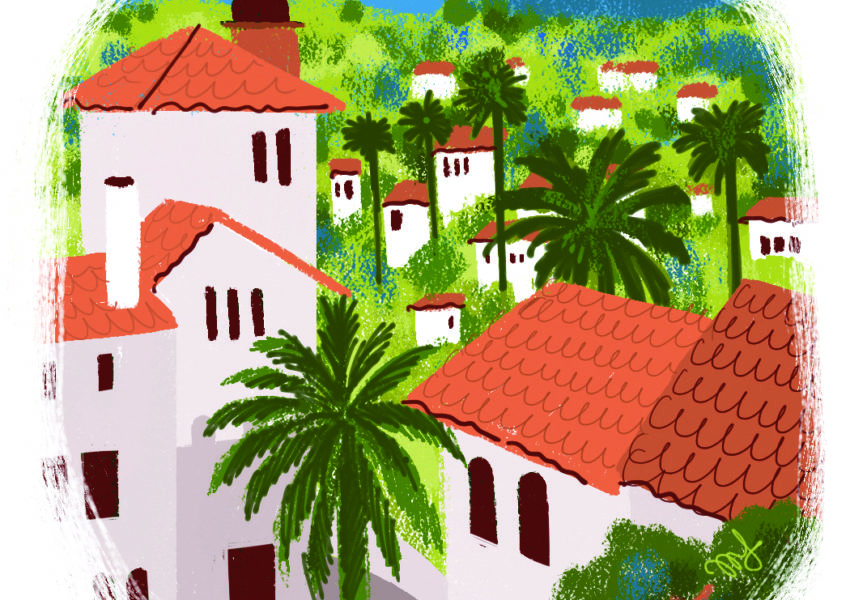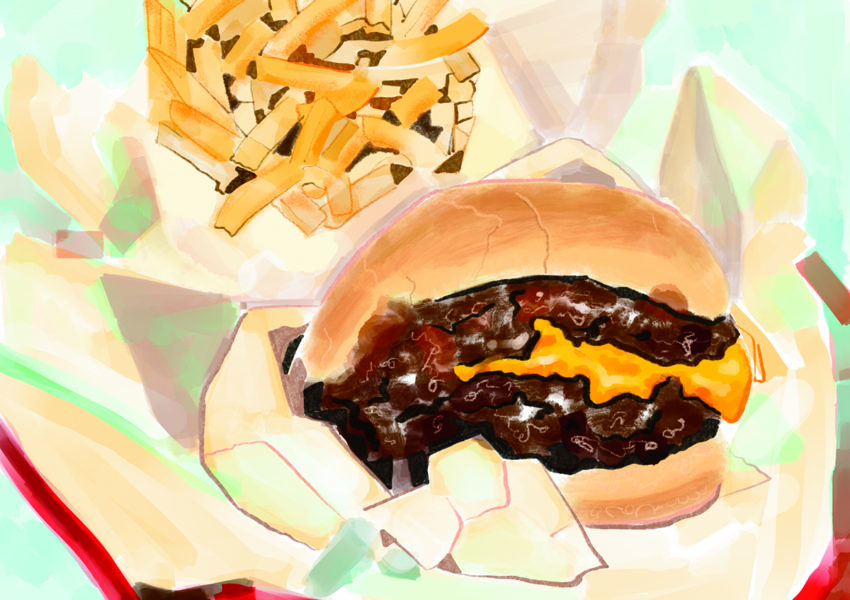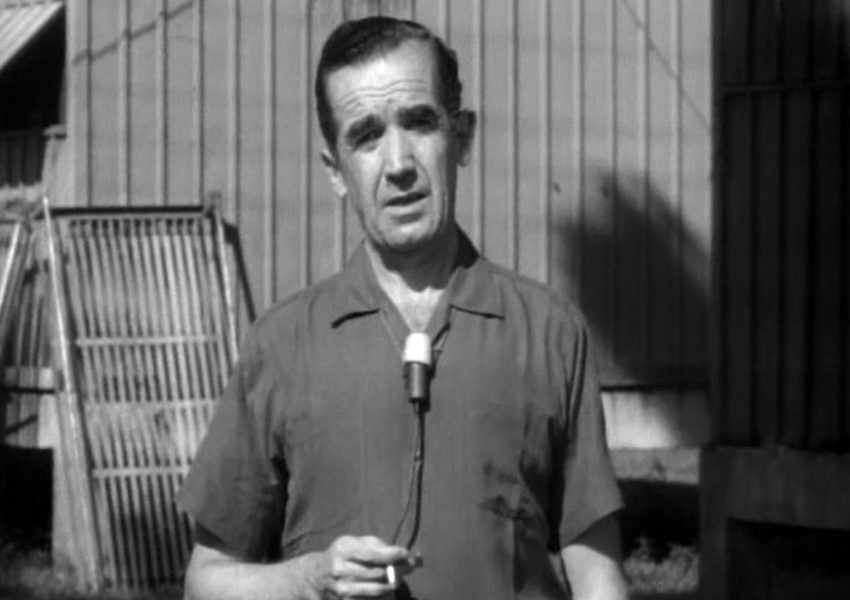It's Not Even Past Día de los Muertos, at home in el Sur
By Gustavo Arellano
The most Mexican thing William Faulkner ever wrote is his famous passage from Requiem for a Nun: “The past is never dead. It’s not even past.” I came across the quote when I was a teen, though I can’t remember where. Finally, I thought, I had discovered an American culture that approached death the way we Mexicans did: with ease, joy, and respect.

I’ll confess I never read the book, so I don’t know the context of Faulkner’s observation. What I get from it is that even though people leave this Earth, their actions resonate for generations. The living must deal with those legacies, for better or worse. The dead and their lives, then, are never really gone.

Did I get it right? Research tells me Faulkner’s novel deals with a former prostitute’s futile attempt to accept responsibility for her child’s murder, so maybe. But the past is never pasado during Día de los Muertos—the Day of the Dead. You might have heard about this Mexican holiday, a syncretism of the Catholic All Souls’ Day and indigenous traditions that commemorate the deceased. You’ve probably seen its iconography, which has bubbled up in American popular culture this century. Colorful and vibrant skeletons exultant in death. Papel picado—tissue paper cut into intricate silhouettes. Marigold flowers strewn around huge altars dedicated to individuals or groups—military veterans, AIDS victims, or gang-violence fatalities.
Over the past twenty-five years, Día de los Muertos has become a staple of Mexican neighborhoods in the United States. Celebrations culminate in family-friendly block parties. The festivities are slowly spreading across the South, as Mexicans more confidently express their culture.
Outside of the Southwest, I can’t imagine a better home for Día de los Muertos than el Sur Latino. The way many people celebrate Day of the Dead in the South right now is how it should be: a teachable moment open to all.

At the Centro Hispano in Jonesboro, Arkansas, they present art workshops and musical performances and serve tamales. A history professor at Florida State in Tallahassee reports that local Catholic churches offer a mass where names of the departed are read aloud. Latino student groups at colleges from the University of the South in Sewanee to Tulane showcase Mexican culture to their non-Latino classmates. The Living Arts and Science Center in Lexington collaborates with the Foundation for Latin American and Latin@ Culture and Arts (FLACA—“skinny” in Spanish) to hold a festival with mariachis, tacos, and baile folklórico. A few blocks away, there’s a candle-lit evening procession near Transylvania University, where face-painted participants leave graveside offerings.
Many Generation X Mexican Americans, myself included, didn’t celebrate Día de los Muertos growing up. Even in Mexico, my mom says her family simply picnicked at el campo santo (the cemetery) and hung out at the tombs of our antepasados for a couple of hours. My mom and her sisters cleaned the gravesite while my grandma placed flowers, candied skulls, and pan de muerto—“bread of the dead.” The latter is an eggy, anise-scented loaf usually influenced by the shape of skulls or crossbones and baked only during Día de los Muertos. Guaranteed, a Mexican panadería near you makes it, whether you live in Atlanta or a holler. It’s one of the biggest days of their year.

I hope that as more of y’all dive in, ustedes focus on the substantial and not the trendy. I’m happy that our holiday has widespread appeal, and it’s cool to see non-Latinos show up to admire altars. (Even Disney knows what’s up. In November, Pixar will release Coco, a film about a young boy who travels to the Land of the Dead and learns about his family’s history with the mariachi music he aspires to play.) But, as with many immigrant customs in the United States, Día de los Muertos is both misunderstood and increasingly commercialized. You’ve seen Americans mistake this day of observance as the Mexican Halloween—much like they think Cinco de Mayo is Mexican Independence Day. Such ignorance has led people to attend Día de los Muertos events in full Halloween gear, which is distasteful. (Acceptable costumes are faces painted like skulls or Victorian-era clothes that pay tribute to the famous calacas of Mexican political cartoonist José Guadalupe Posada.) On my last visit to Tennessee, I saw a young Goth wearing a Marilyn Monroe T-shirt with the screen goddess’ face painted like a skull. Some Like It…Dead?

Such superficial embraces threaten to turn Día de los Muertos into another deracinated cultural tradition that earns a quick buck. In 2016, Mexico City held its first-ever Día de los Muertos parade. Why now? Because the 2015 James Bond movie Spectre opened with a scene of an elaborate (and fictional) parade. Tourists demanded a real one, and city officials acquiesced.
I remember another hallmark of Southern death ceremonies that piqued my interest as a teen: a jazz funeral followed by a second line. To this day up here in el Norte, my family hires a brass band to play at funerals for relatives and neighbors from my parents’ home village, El Cargadero. Like New Orleans, our loud dirges, bone-rattling drumbeats, and exuberant dances are tokens of respect—a joyful sendoff for those who leave us. Yet tourists take the second line as an invitation to wantonly party, and have warped its definition in the American imagination as a bacchanal with no deep meaning.
Día de los Muertos is not a trend. Treat it as a solemn celebration, like the homegoings of African American Christian churches. Treat it as more proof that Mexicans are your brothers and sisters from another madre. Learn about your neighbors’ family history at their loved ones’ altars, and teach them about your family by making your own. The past isn’t even past, sure—and with this holiday, our shared future looks more hopeful in the face of death.

Gustavo Arellano writes the Good Ol’ Chico column for Gravy.




